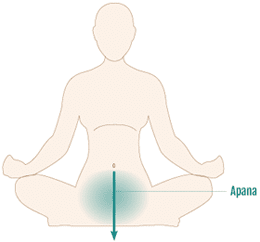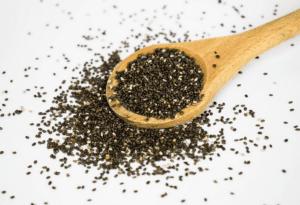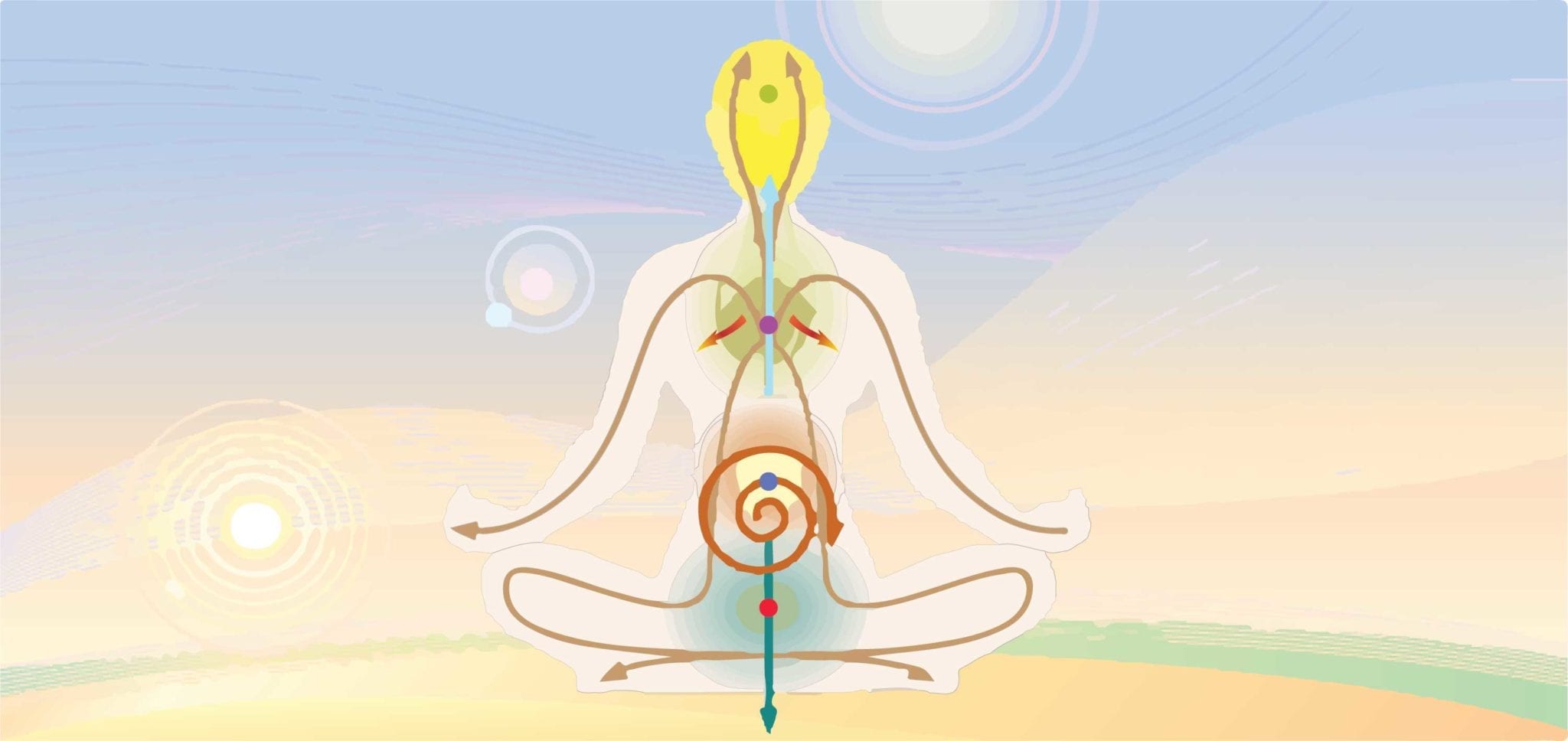
How to Treat a Problem with Peristalsis
The other day I was challenged. Challenged to take my knowledge deeper. It can be so agonizing. You know what I mean? And then so fulfilling too.
The other day I was mentoring the pro healers on a call for the Living Ayurveda course. We talked about the vata subdoshas aka vayus. I got into a ‘disagreement’ with one of the students about which subdosha relates to peristalsis. She insisted on Samana, I pounded on Apana.
Boy, I thought, this is such an elementary piece of information that, as a teacher, I should be able to state with self-confidence. I got frustrated with myself for being imperfect. Grrrr…..
But then I shifted into curiosity and it helped me dig deep into my memory, logic and resources. Here is my somewhat geeky answer. Are you ready?
What Vayu is peristalsis?
First let’s define peristalsis, just so we are super clear. Peristalsis are involuntary movements of muscles primarily in the digestive tract. They are progressive wavelike contractions that occur in the esophagus, stomach, and intestines (small and large) i.e. along the entire path from mouth to anus. The point of peristalsis is to move food and feces down the shoot and out.
 Turns out that not only one vayu is involved but several.
Turns out that not only one vayu is involved but several.
Let’s take elimination of poop as an example.
Samana is involved in absorbing the optimal amount of fluids from food and stool to make it the right consistency. Not too much, not too little. Stool needs to be soft and pliable so it can be moved easily by peristalsis.
Once feces accumulates in the large intestine, the fecal matter pushes against the intestinal walls. Nerve signals inform the brain via sensory nerves “Hey, it’s pretty full down here, you might wanna do something about that”. These nerves signals relate to Samana Vayu (periphery to core).
The brain then interprets the message and says “Heck yeah, that colon is full! We should do something about that.” A signal is sent via motor nerves back to the intestinal wall that says “Alrighty then, get moving”. These nerve signals relate to Vyana Vayu (core to periphery).
Udana Vayu now comes into play as it is responsible for inciting muscular contraction. Remember? Udana puts prana to work. Without udana the nerves can send as many signals as they want, but it would not lead to muscular contraction. Udana makes that happen.
Apana vayu governs the effortless expulsion of wastes – that is urine, poop, mensus, gases, semen, mensus, babies….everything that moves down and out. In order for this to happen, all the other subdoshas need to be doing their job well. In a way, apana is the effect of the other doshas doing their job.
To summarize; in order to have proper peristalsis we need samana, vyana, udana and apana to work properly.
How to treat a problem with peristalsis.
The next question that naturally arises is, how will we treat a problem with peristalsis? Which Vayu should we focus on and how?
If we don’t want to get too fancy we can just do all the things we do for Vata: regular routines, enough moisture, opening the hips, visualizing energy going down instead of up etc. etc. But if we want to become geeky we could look at the subdoshas individually:
Apana vayu is about down and out. If someone is too attached to a person, situation or experience, and they are holding on, Apana cannot flow down. Simply surrendering and letting go will improve apana vayu. It’s a mind game.
Visualization can also help. Since we are dealing with subtle energy, simply visualizing the energy going down from the crown of the head, into your chest, into your pelvis and into the center of the earth will increase apana vayu. Being a person who has had tons of constipation I can attest to how effective this is but the person has to overcome his or her addiction to the rising Vata energy.
Samana Vayu likes regularity and water. Simply following a regular routine will allow the nerve signals to the brain to be proper and the absorption process of food and water to be ideal. Demulcents and bulk laxatives like slippery elm, flaxseeds or psyllium husk also help out with keeping the right amount of water content in the stool.
 Vyana Vayu signals need to be strong. Purgatives like senna, cascara sagrada and epsom salt can help. Purgatives, however, are somewhat Nazi like in that they irritate the body and colon. The irritation leads to increased nerve response (vyana) and increased contraction strength (udana). We would only want to use purgatives sparingly. Who wants a Nazi in their body? A better approach would be pelvic compression and strengthening exercises to tone the muscles (udana) of the belly.
Vyana Vayu signals need to be strong. Purgatives like senna, cascara sagrada and epsom salt can help. Purgatives, however, are somewhat Nazi like in that they irritate the body and colon. The irritation leads to increased nerve response (vyana) and increased contraction strength (udana). We would only want to use purgatives sparingly. Who wants a Nazi in their body? A better approach would be pelvic compression and strengthening exercises to tone the muscles (udana) of the belly.
Samana and vyana vayu are also supported by nervine tonics like shatavari, brahmi, kapikachu and so many others. Nervine tonics strengthen the nerves and thus the nerves can do a better job. The healthier a cell the better the job they do. It will also in general help the body to relax and let go (apana vayu).
Treat the Qualities and the Flow
We could find more remedies for each of these doshas. We could think of spices, exercises or specific asanas. But ultimately you just need to come back to the qualities and tap into the direction of energy flow.
Sticking with the example of the intestines:
- if they are dry bring more moisture in the form of water, demulcents or regulating samana vayu with the proper spices.
 If there is too much heat as in diarrhea, bring cooling and bulk forming substances like bulk laxatives (flaxseeds, chia seeds, psyllium husk).
If there is too much heat as in diarrhea, bring cooling and bulk forming substances like bulk laxatives (flaxseeds, chia seeds, psyllium husk).- If elimination isn’t happening because the person is anxious, worked up over something, tries to control life, or holds on to a situation the solution is relaxing and surrendering: nervine sedatives, nervine tonics, yoga nidra, grounding meditation or anything else you can think of that relaxes the person.
We could go on and on with ideas and other examples. But I hope you got the basic gist and this helps you to be more aware and precise in your treatment approach.
Thank you for your questions and for being here. You challenge me to drive my knowledge deeper.
To learn more join the conversation and the Living Ayurveda Course.



